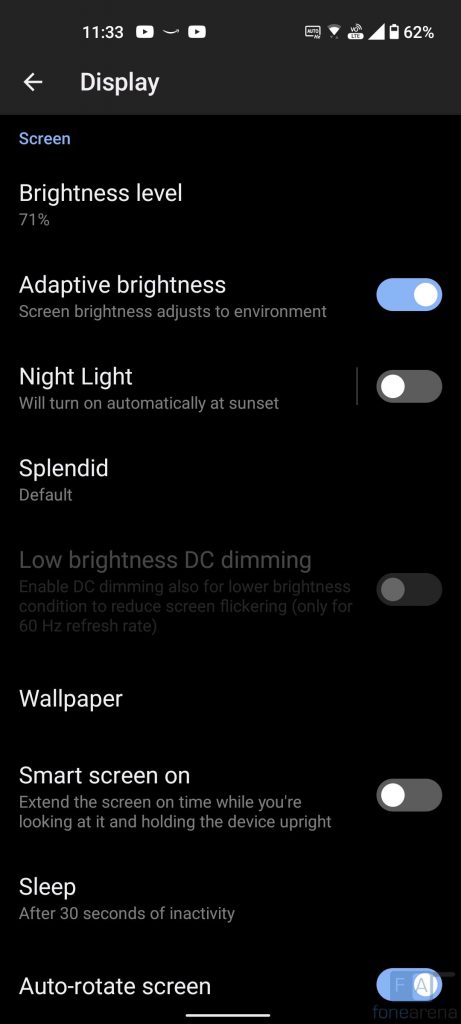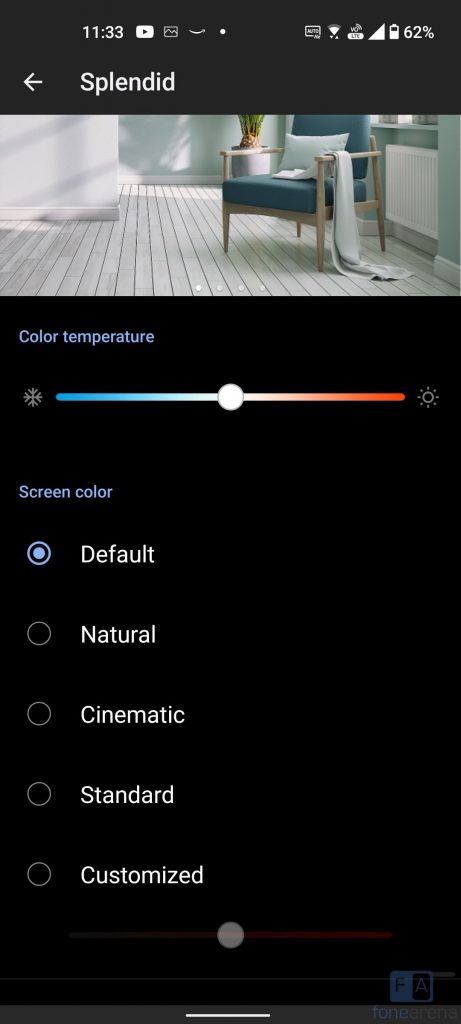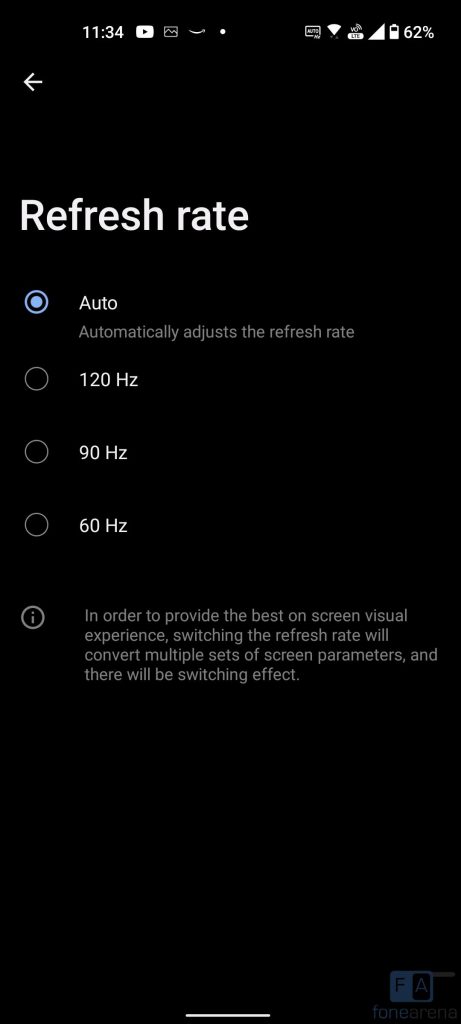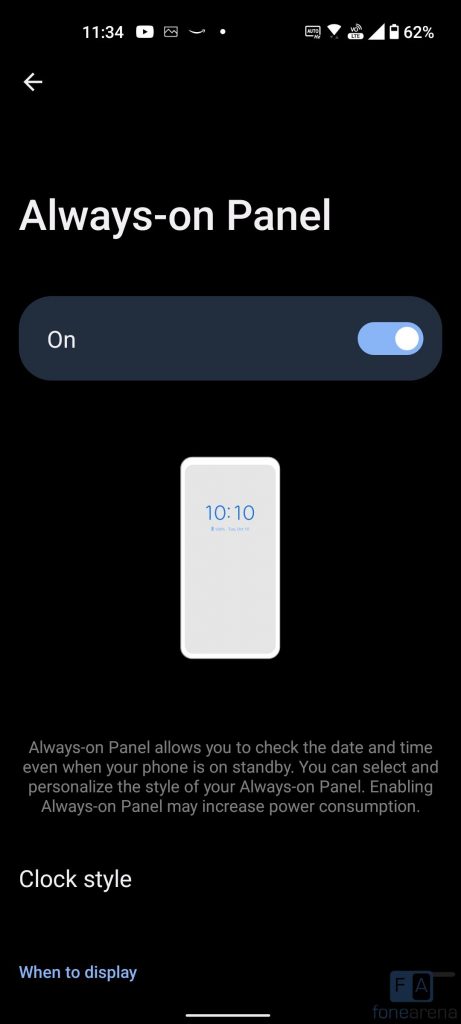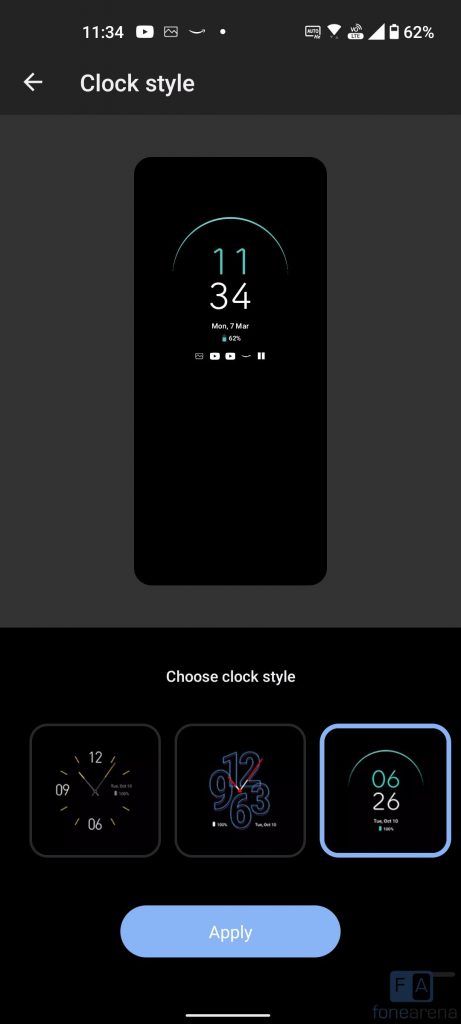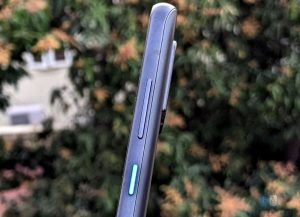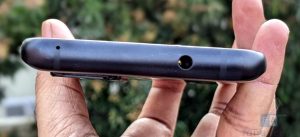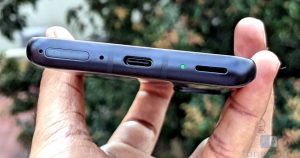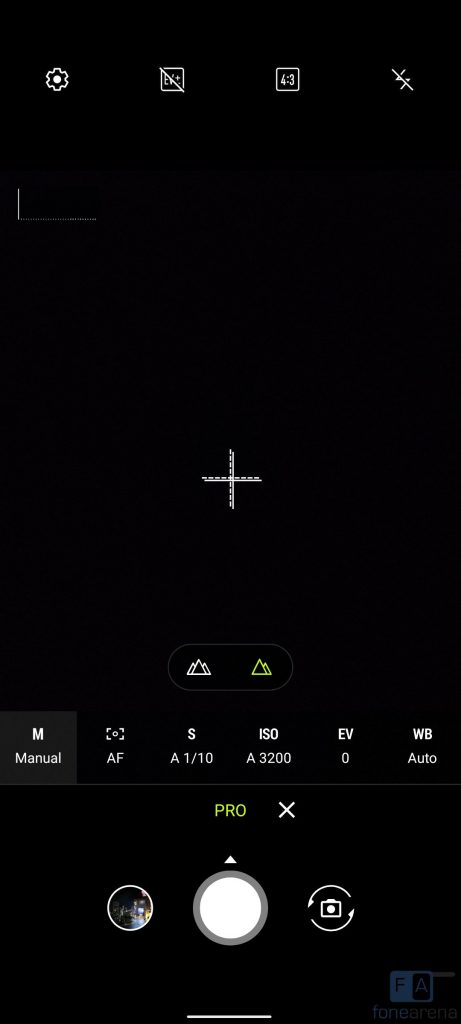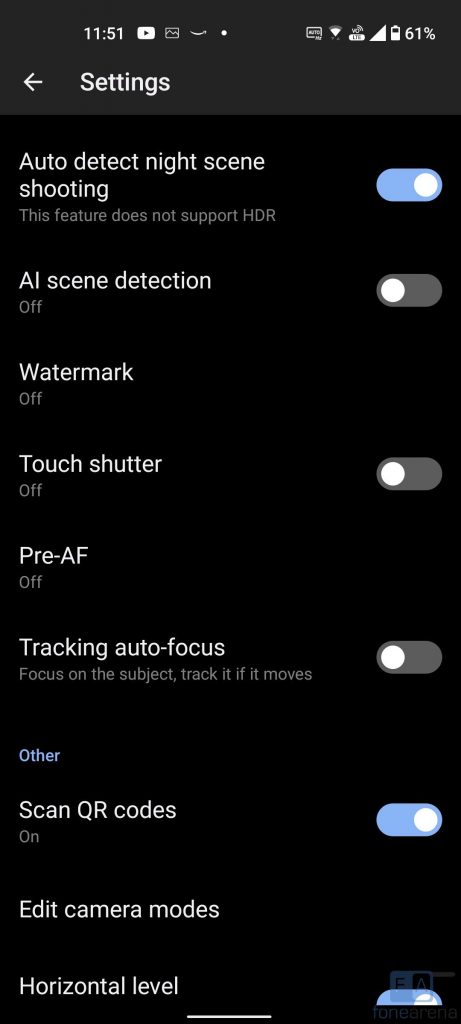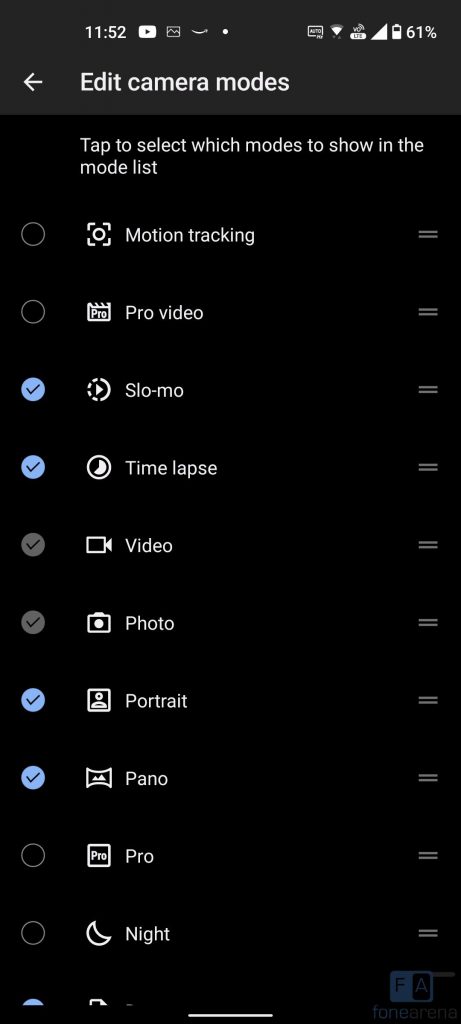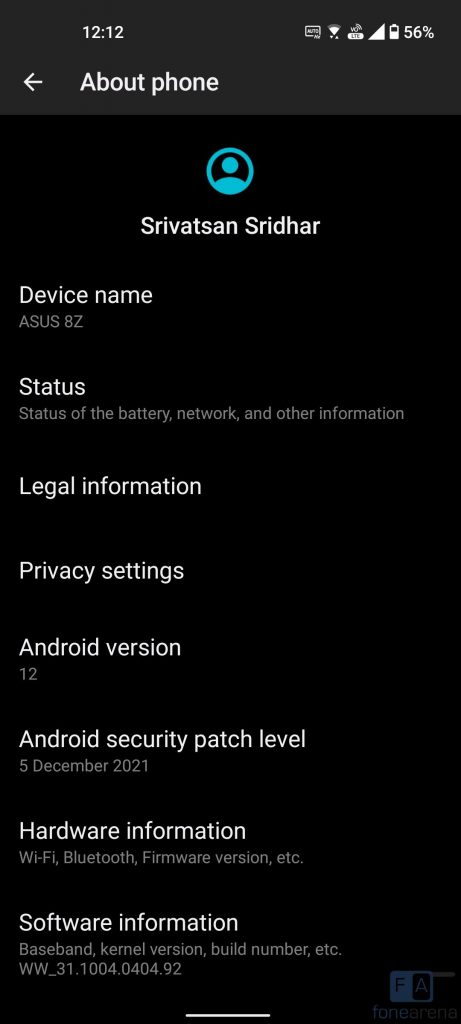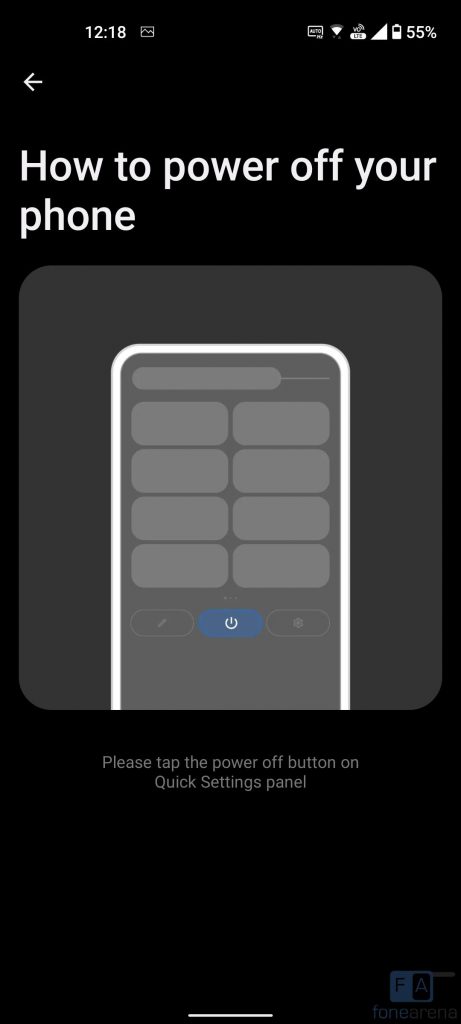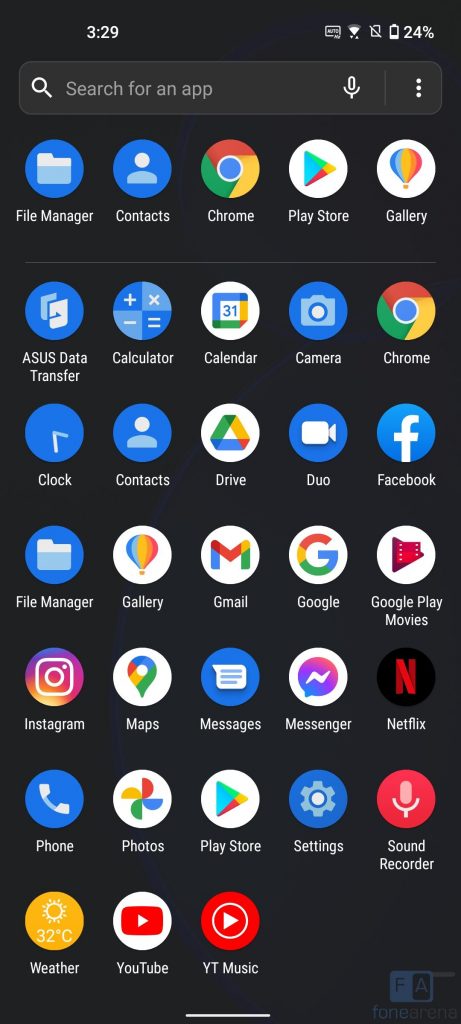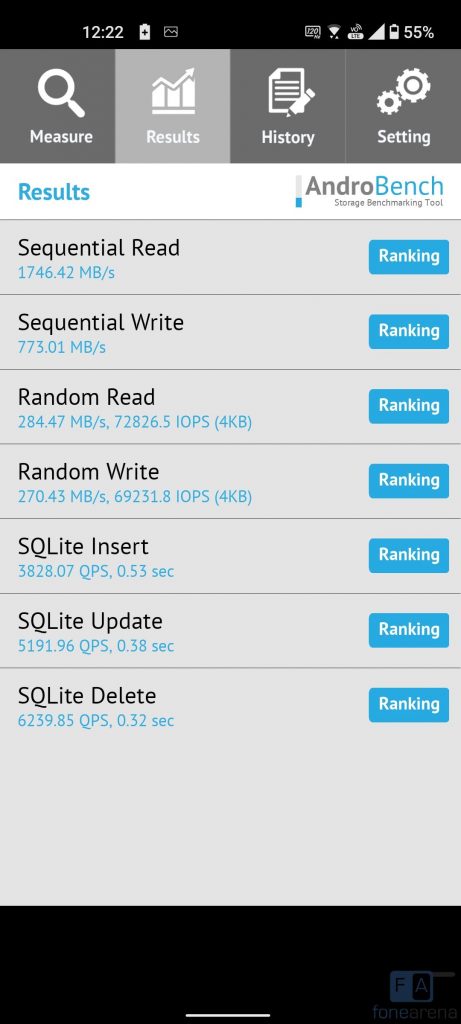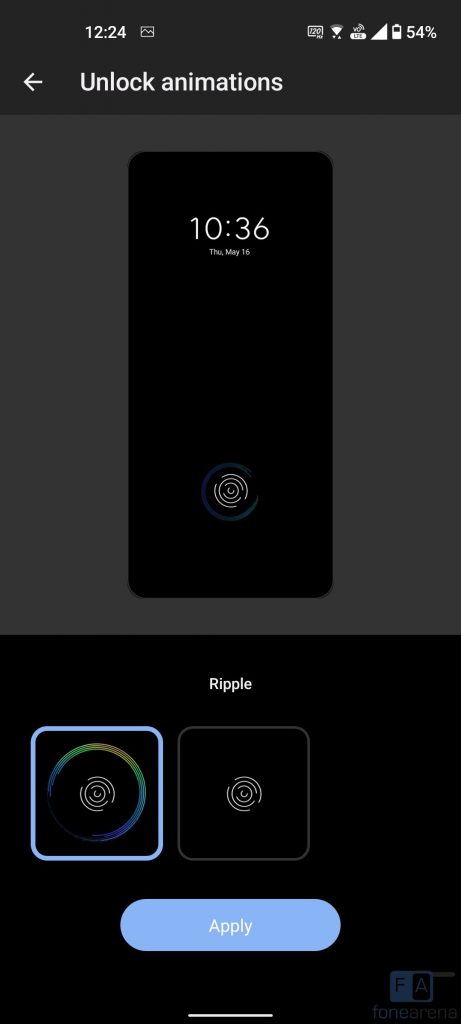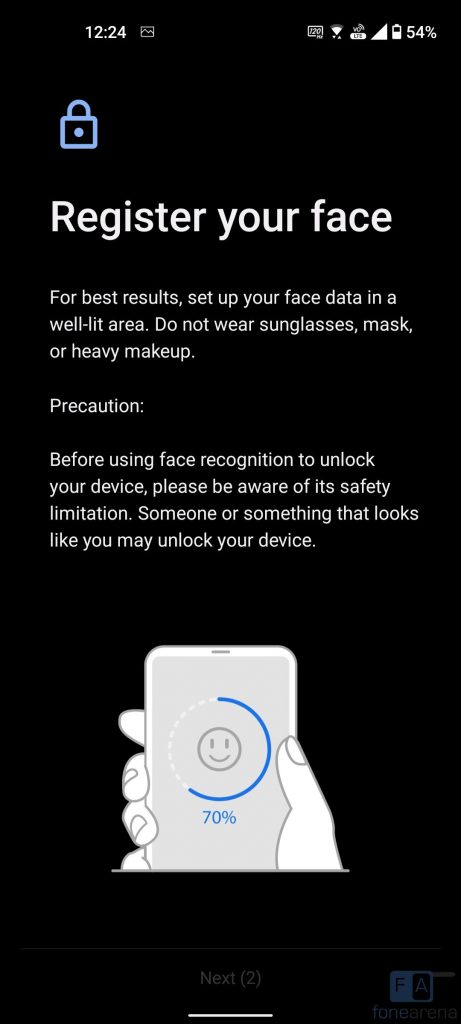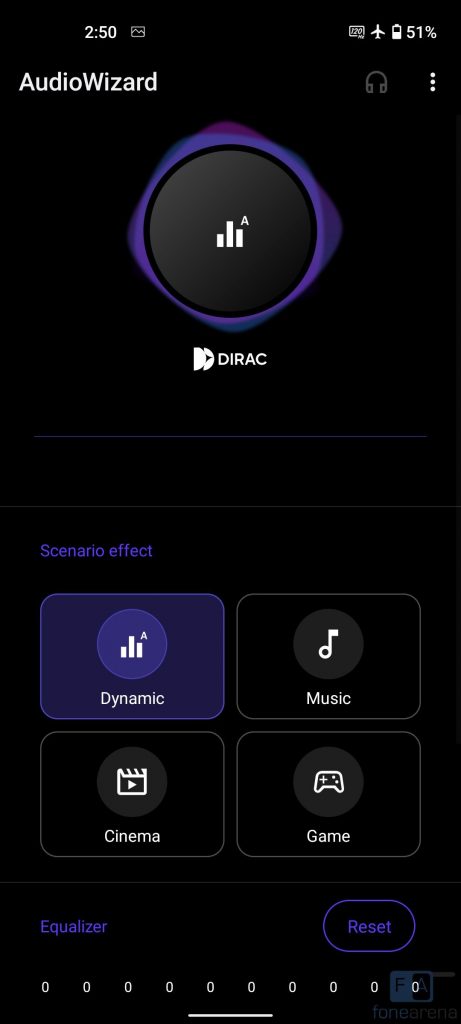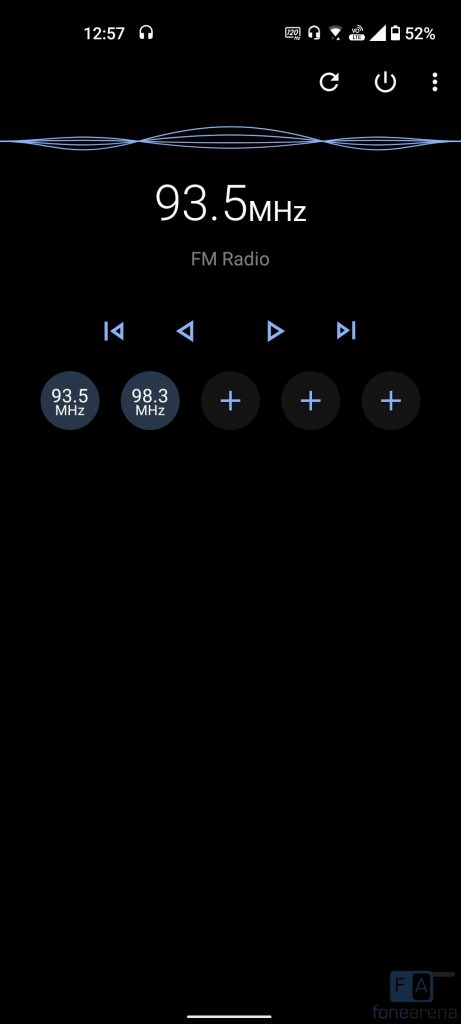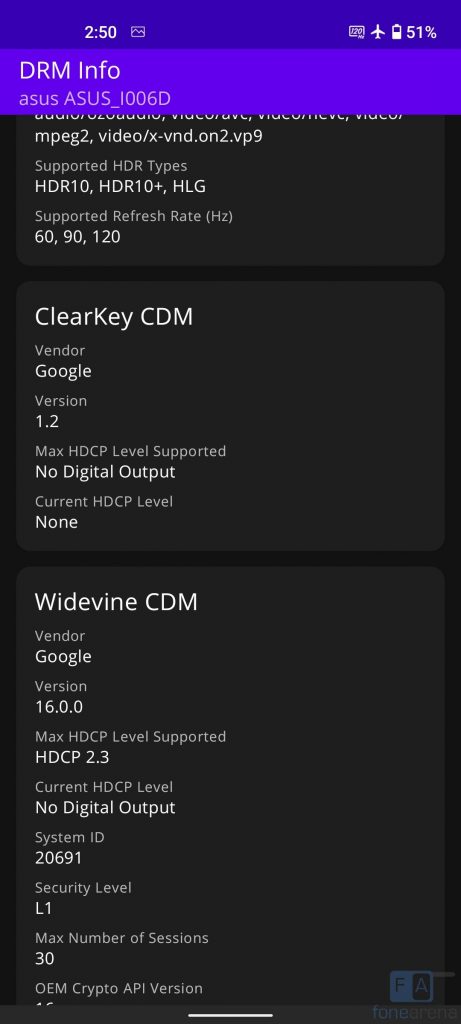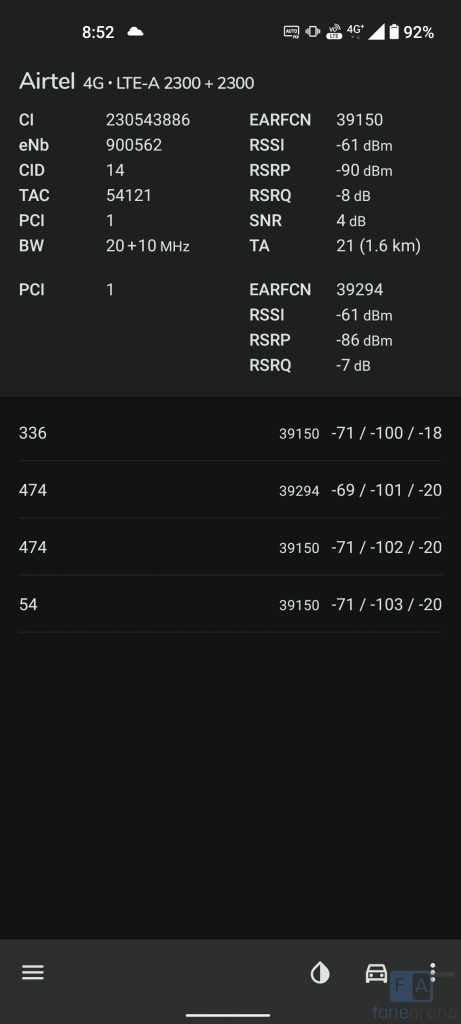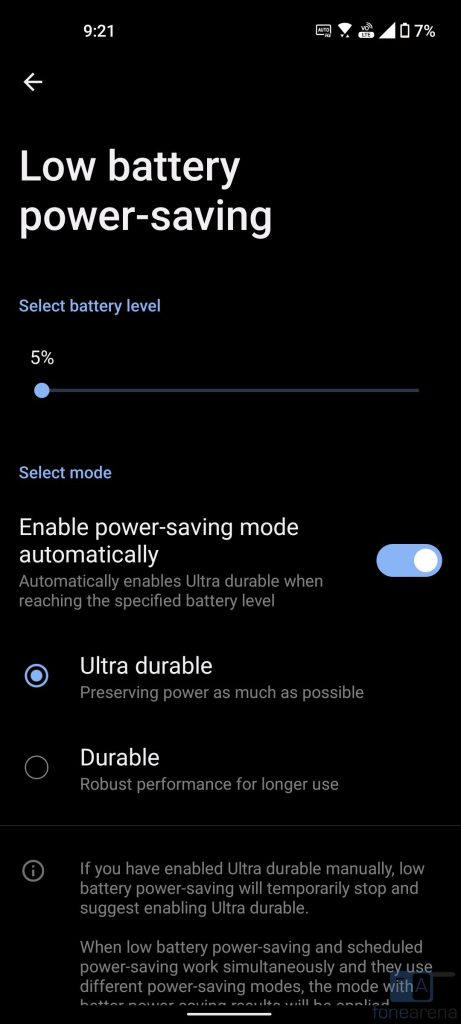
ASUS launched the 8z in India last week, about 9 months after it was introduced as Zenfone 8 in May last year. The smartwatch was supposed to be launched soon after the global announcement, but it was delayed for some reason. This is one of the few compact flagships that packs a 5.9-inch screen, when most flagship phones feature over 6.4″ screen.
Is this the best compact flagship phone for the price? Is it too late when the launch of Zenfone 9 is around the corner? Let us dive into the review to find out.
| Box Contents |
| Camera |
| Battery Life |
| Conclusion |
Box Contents
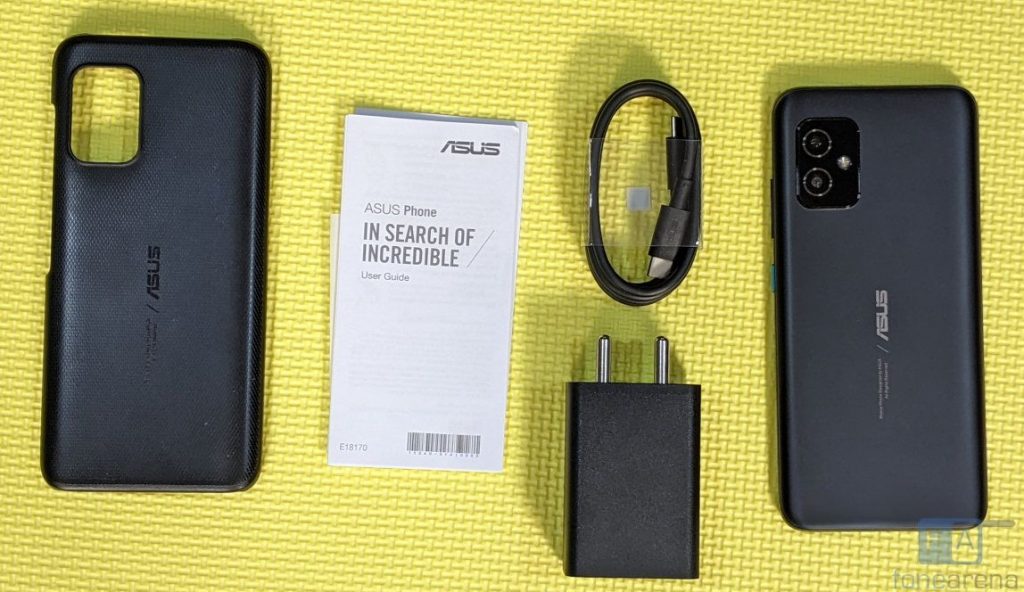
- ASUS 8z 8GB + 128GB in Obsidian Black colour
- USB Type C to C cable
- 30W HyperCharge fast charger
- SIM ejector tool
- User guide
Display, Hardware and Design
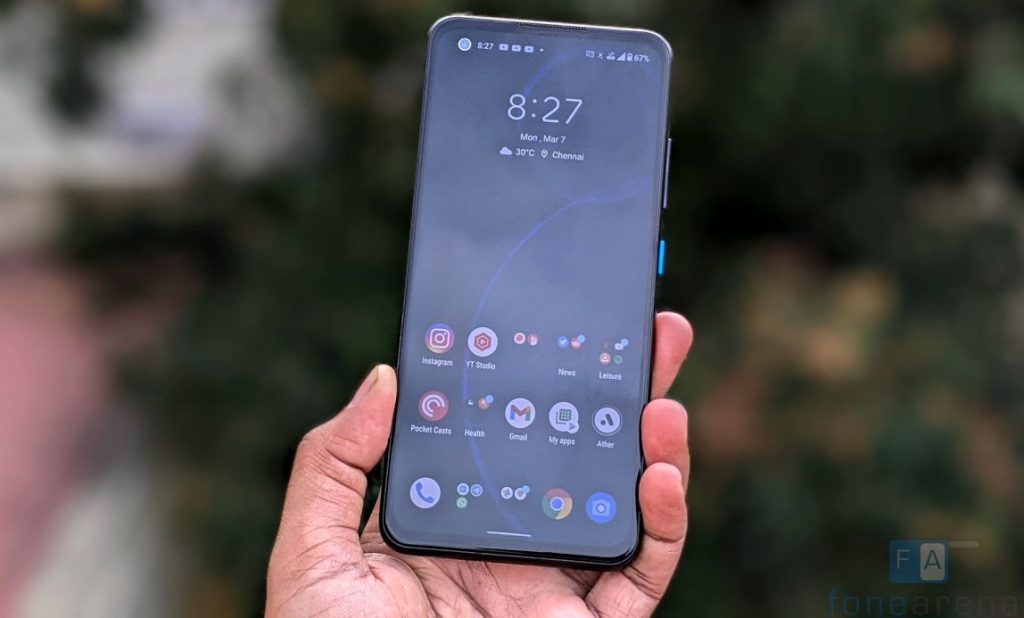
The ASUS 8z sports a 5.9-inch (1080 x 2400 pixels) Full HD+ 20:9 aspect ratio E4 AMOLED display with 120Hz refresh rate and 445 PPI, making it one of the few phones with a smaller screen. The display is bright since it has up to 1100 nits peak brightness, offers good colour output since it has 112%DCI-P3 Colour Gamut and the sunlight legibility is good as well. You can adjust display colors, including the color temperature. There is also DC dimming support which works in 60Hz mode, but there is no MEMC support.
The 120Hz refresh rate offers a buttery smooth user experience, and the 240Hz response rate rate is useful, especially when playing games. It can only automatically switch between 60Hz, 90Hz and 120Hz depending on the content, thus saving the battery life. It also has HDR 10+ support, which works for YouTube and Netflix. The screen has Corning Gorilla Glass Victus protection.
The phone also has a notification LED and there is also always-on-display that shows contextual info and notifications all day, when you tap the screen or as per schedule.
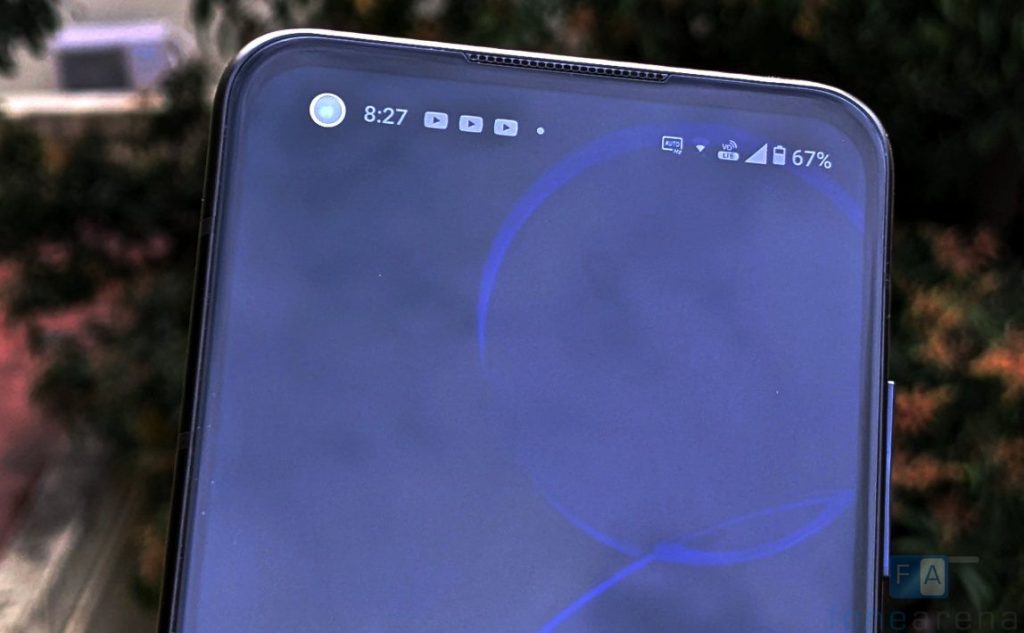
The phone has a tiny punch-hole on the left that houses a 12-megapixel camera with Sony IMX663 sensor, which doesn’t disturb when watching videos since it just occupies a small space. Above the display, there is an earpiece on the top edge that doubles up as a secondary speaker.
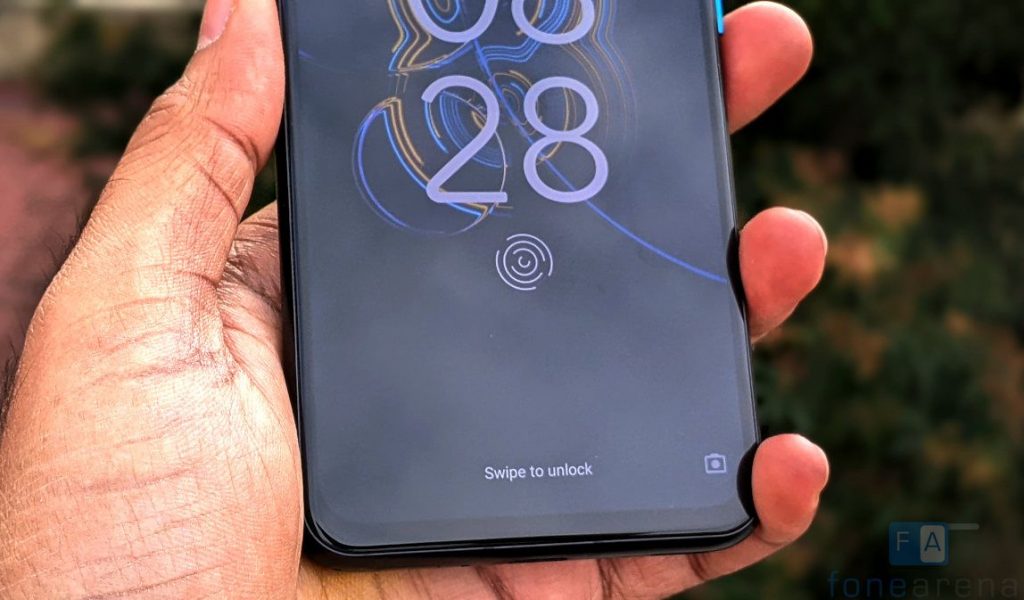
It has an in-display fingerprint scanner which is quick to unlock the phone immediately when you place your finger. The placement of the fingerprint sensor is slightly towards the middle, unlike most phones which have it near the bottom bezel. You can also notice a small bezel below the screen. The vibration motor is decent, but you can’t compare it with other flagships since this is not very powerful.
Coming to button placements, it has volume rockers on the right side along with a power button in blue colour below it. There is nothing on the other side except for the antenna bands. The secondary microphone is on the top along with the 3.5mm audio jack that you rarely see in mid-range and flagship phones these days. The dual SIM slots, primary microphone, USB Type-C port, notification LED, and the speaker grill are present on the bottom.
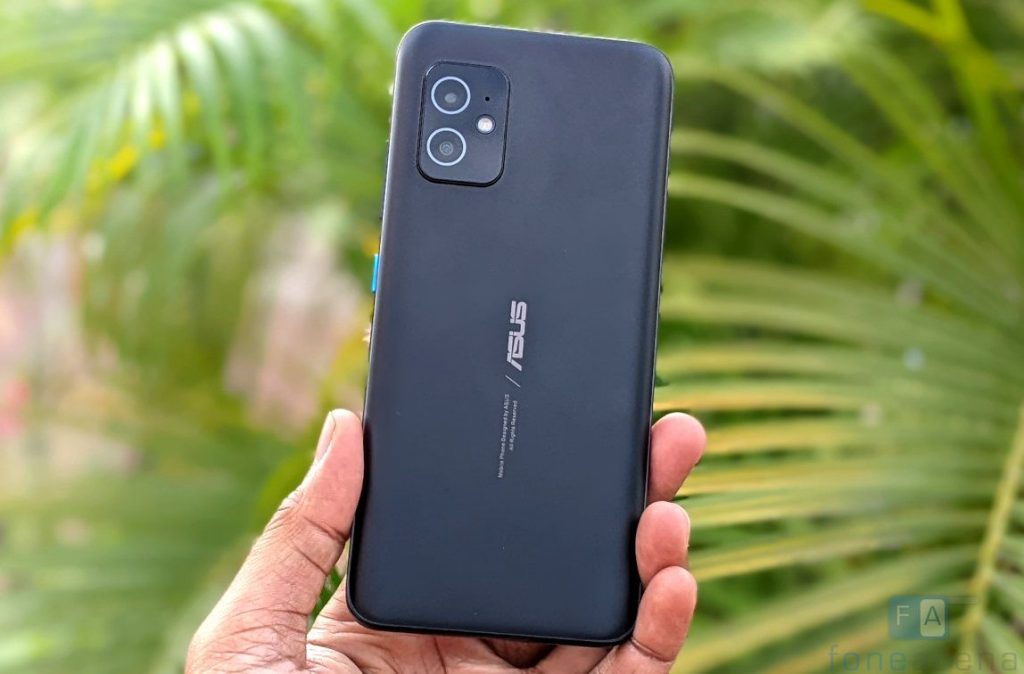
Since this has a small 5.9-inch screen, it measures 148×68.5x9mm, making it compact to hold. Even though the phone is small, it is slightly thicker than most phones since it packs a 4000mAh battery inside the tiny body.

Both the Obsidian Black and Horizon Silver feature an anti-glare frosted-glass finish, making them more resistant to fingerprints. The back has Corning Gorilla Glass 3 protection. The phone also has IP68 ratings for dust and water resistance.
Camera
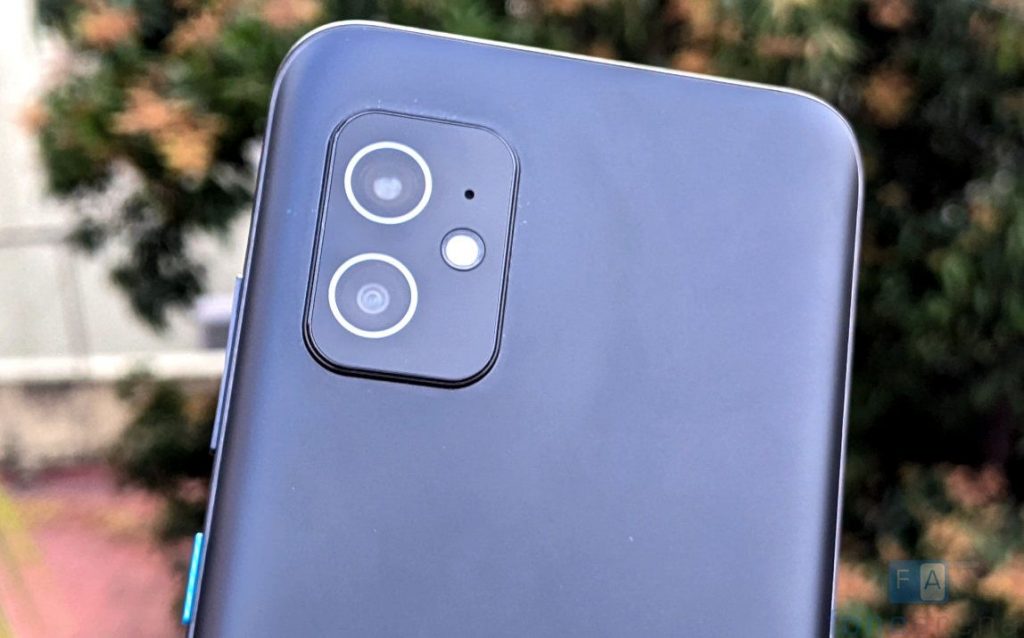
Camera setup
- 64MP camera with Sony IMX686 sensor, 0.8μm pixel size, f/1.8 aperture, OIS
- 12MP ultra-wide camera with IMX363 sensor, dual PD autofocus, f/2.2 aperture, 4cm macro mode
- 12MP front camera with Sony IMX663 sensor, dual PD autofocus
Even though this is mostly based on stock Android, the camera UI is slightly different. There is motion tracking, Pro video, slo-mo (4K 120fps / FHD 240 fps), time-lapse, portrait, panorama, pro, night and document modes.
Daylight shots came out well, but when you turn on HDR the dynamic range gets better. On top of that, there is also AI scene detection. Even the ultra-wide camera does a good job and also has 4cm macro option instead of a dedicated macro camera. It has digital zoom up to 8X, but the processing is decent even after 2X. The portrait mode has a decent edge detection.
Low light shots are good with a lot of details and less noise, and the OIS helps as well to stabilize the images. The night mode automatically enables ultra dark mode if there is very less light, and that makes it better, but it takes a few seconds to process. Low-light shots with ultra-wide camera is not as good as the main camera, but it is decent. The front camera is also good in daylight, and there is also HDR mode. The bokeh shots were good with decent edge detection.
Check out the camera samples.
It can record videos in up to 8K 24 fps in main camera. Both the main and ultra-wide cameras support 4K 60 fps recording, and the front camera supports 4K 30 fps recording. There is hyper steady mode for the rear cameras that uses EIS, but the video resolution is limited to FHD 60fps. You can also enable/disable Wind Noise Reduction and there is Mic focus option for the rear camera since there is a third mic near the rear camera.
There is also Motion Tracking video (4K UHD video at 60 fps), Time Lapse (4K UHD video) and Slow Motion video (4K UHD at 120 fps / 1080p FHD at 240 fps / 720p at 480 fps)
Software, UI and Apps
The phone was launched running Android 11 out of the box, but it recently got the Android 12 OTA update with December Android security patch, so the users who buy the phone should get the update immediately after they boot the phone and check for update. ASUS says that the phone will get minimum 2 years of updates, but it doesn’t say if its Android version of the security updates.
In the Advanced option there is a Smart Key option for the power button that can perform two customizable functions to access system features, apps and app actions. You can double-click to launch the Google Assistant or set it to open any other app. You can also customize the press and hold feature to perform such action. If you remap it, you can use the notification shade to access the power button option. There is Twin apps, One-handed mode, pocket mode and glove mode that you don’t see in stock Android.
Apart from the usual set of OnePlus apps and Google apps, it comes with Netflix, Instagram and Facebook Messenger preloaded, but these can be uninstalled. Out of 8GB LPDDR5 RAM, you get7.2GB of usable RAM, and about 3GB of RAM is free when default apps are running in the background. Out of 128GB, you get about 107GB of free storage. It has UFS 3.1 storage, and we got sequential read speeds of about 1746.42MB/s.
Fingerprint sensor
It has an in-display fingerprint sensor that unlocks the phone quickly, but it is not as fast as a physical fingerprint sensor. You can add up to 5 fingerprints. You can also disable the fingerprint animation. You can also use the fingerprint for app local and payments in apps. Furthermore, you can change the fingerprint animation. The phone also has face unlock, but it is not as secure as fingerprint.
Music Player and Multimedia
YouTube Music is the default Music Player that has ASUS AudioWizard that optimizes and enhances the audio capability with 10-band equalizer, Dirac tuning with Dynamic, Music, Cinema and Game options. There is also FM Radio with recording, but this is hidden in the quick settings shade. Audio through the stereo speakers is quite loud and clear without distortion, but the back might vibrate a bit since it is powerful. The company says that it has a large 1.0cc speaker box, filled with Dbass foam balls for extra depth. Each speaker is powered by a dedicated and powerful Cirrus Logic CS35L45 mono amp that can boost its voltage output up to 36% (15v) during peak load.
Audio through earphones is good as well. This has Widevine L1 so that you can play HD content on Netflix and other streaming apps. It also supports HDR content on YouTube and Netflix.
Dual SIM and Connectivity
The 8z comes has support for 5G with several 5G Network Bands (N1/N2/N3/N5/N7/N8/N12/N20/N28/N38/N77/N78) in India. It has 4G VoLTE with support for Carrier Aggregation on 4G, so you can see 4G+ symbol when it’s enabled automatically. Other connectivity options include Dual-Band Wi-Fi 6 802.11 ax (2.4GHz + 5GHz) 2X2 MIMO, VoWiFi / Wi-Fi calling support, Bluetooth 5.2, GPS, GLONASS, Galileo, Beidou and also has NFC support. Moving on, the call quality is good, and we did not face any call drops and the earpiece volume was loud.
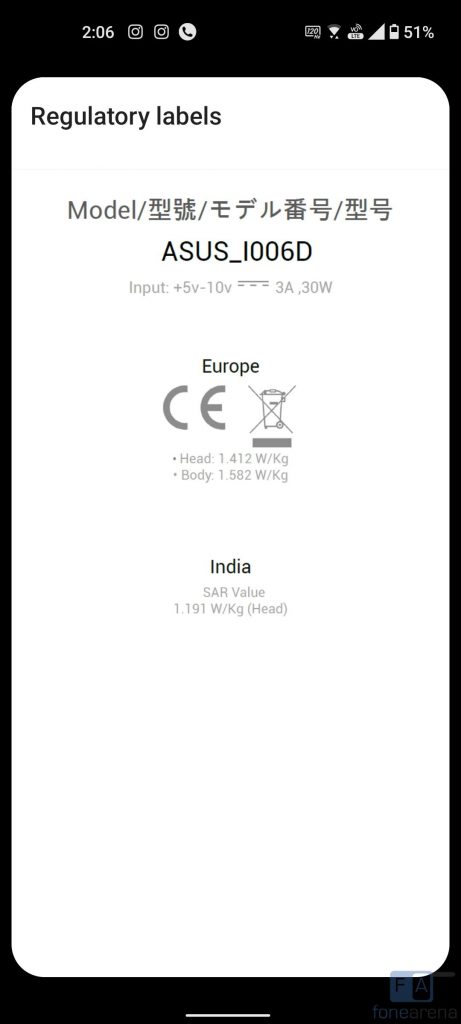
The ASUS 8z’s head SAR is at 1.191/Kg which is a bit high, but it well under the limit in India which is 1.6 W/kg (over 1 g). The company has not mentioned the body SAR.
Performance and Benchmarks
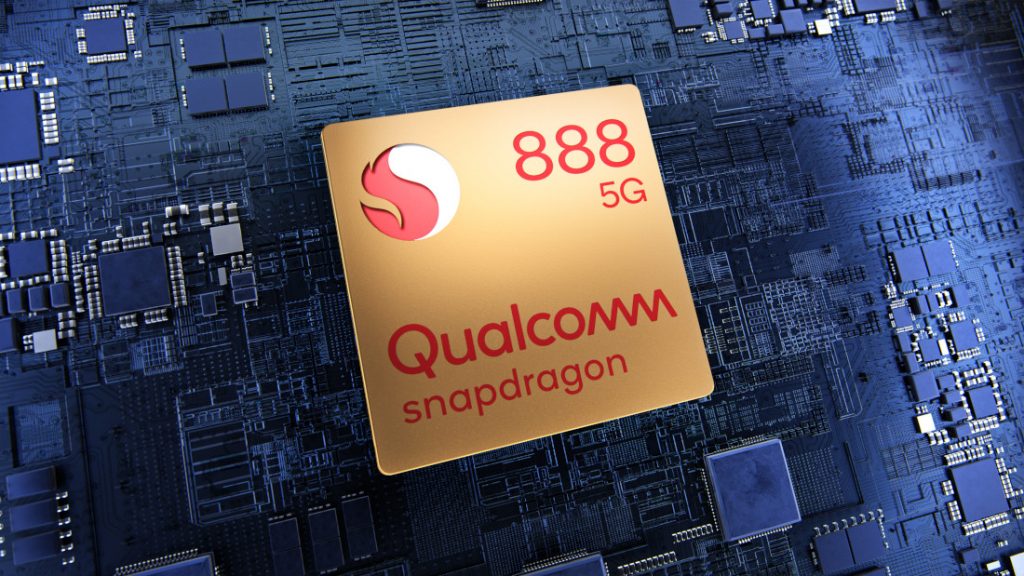
Coming to the performance, it is one of the few phones in the price range to be powered by Snapdragon 888 5nm Mobile Platform that uses Qualcomm Kryo 680 CPUs. It has 1 x Kryo 680 Prime CPU (Arm Cortex-X1-based) at up to 2.84GHz, 3 x Kryo 680 Performance CPUs (A78-based) at up to 2.42GHz, 4x Kryo 680 Efficiency CPUs (A55-based) at up to 1.80GHz.
The Adreno 660 GPU offers a smooth gaming performance even in graphic intensive games. The phone uses heat-pipe cooling, says the company. When you play graphic-intensive games like COD, BGMI and Genshin Impact, or use the camera for a long time for recording videos, it gets hot quickly. It reached maximum 45º in our testing indoors in Wi-Fi, but this might vary outdoors in 4G. That said, check out some synthetic benchmark scores below.
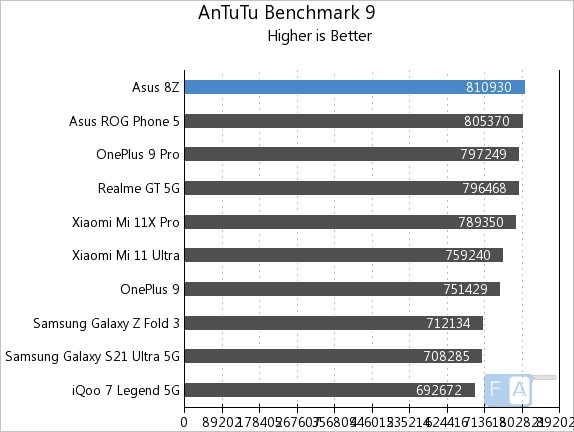
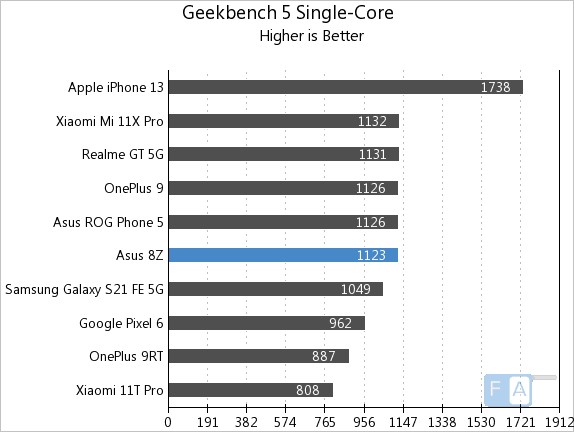
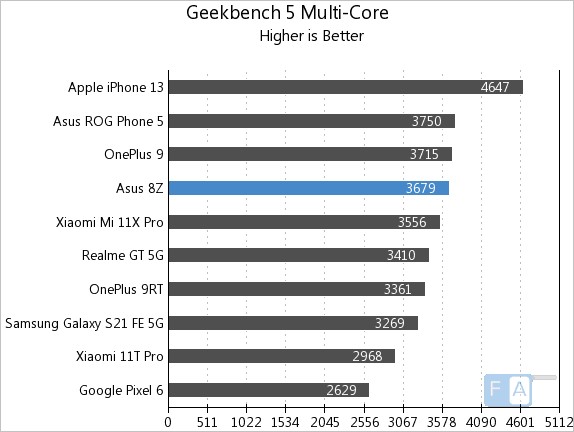
As you can see from the benchmarks, it is on par with other Snapdragon 888 -powered phones.
Battery life
Coming to the battery life, the phone packs a 4000mAh (typical) built-in battery, slightly smaller than the competition in the price range. It lasts for a whole day with average use on Wi-Fi, but with 4G and dual SIMs, and heavy multimedia use, it lasts less than a day since this has a powerful processor. I got about 3 and half hours of screen on time with a day of use on Wi-Fi and in 120Hz, which is less.
Like ROG Phone 5, the battery uses STP technology (Specific Tab Process) which makes it possible to charge the battery from the middle and out instead of from one end to the other. This lowers impedance and temperature rise during discharge and charging, which allows ASUS 8z to be used with our 30W HyperCharge adapter, says the company. With the bundled charger it takes about 20 minutes for 0 to 50% and about 40 minutes for 80%, after that the charging slow down, so it takes about 1 hour and 20 minutes for it to reach 100%.
There are different modes for charging. The custom charging limit option lets you lower charging limit to 90% or 80% for up to 2X longer lifespan. The scheduled charging keeps the battery at a lower % overnight, so it does not trickle charge at 100% which puts wear on the battery.
There are now five battery modes:
- High performance – Retains performance to run demanding applications with improved network stability
- Dynamic – Standard mode
- Durable – Sets performance level for smooth system operations, regulates 5G and keeps applications asleep when the screen is off
- Ultra durable – Sets performance level for essential system operations only, regulates 5G, shortens waiting time for system hibernation and keeps applications asleep when the screen is off.
- Advanced – Let you customize all performance settings for your needs. This offers a total of 16 settings in performance, network, display and more.
Conclusion
Overall, the ASUS 8z is an all-rounder when it comes to a compact phone, so this is the first phone I will recommend if you are looking for a compact Android phone in the price range. Wish the company had kept the price under Rs. 40,000.
Even though this is a compact phone, you have to keep in mind that the Snapdragon 888 heats up quickly, since the phone doesn’t have space for a VC cooling. If you are a heavy user, you will need to carry a power bank since the phone might not last the whole day. Wish the company had also launched the 256GB model, since the phone doesn’t have an expansion slot.
Pricing and availability
The ASUS 8z is priced at Rs. 42,999 for the single 8GB + 128GB model, and is available from Flipkart starting from today, March 7th.
Alternatives
Even though there is no compact Android phone in the range, the iPhone 12 mini gets cheaper during offer period. The OnePlus 9RT is a direct competition in the price range that has a better cooling mechanism and a slightly bigger battery with 65W fast charging, but this doesn’t have IP ratings and still runs Android 11. The latest iQOO 9 is also a good option in the price range which offers Snapdragon 888+, Gimbal stabilization and 120W fast charging.
Pros
- Compact, light-weight body
- Brilliant 120Hz E4 AMOLED display
- Good rear camera performance
- Smooth performance
- IP68 ratings
Cons
- Gets heated quickly during intensive tasks
- Battery life could have been better

